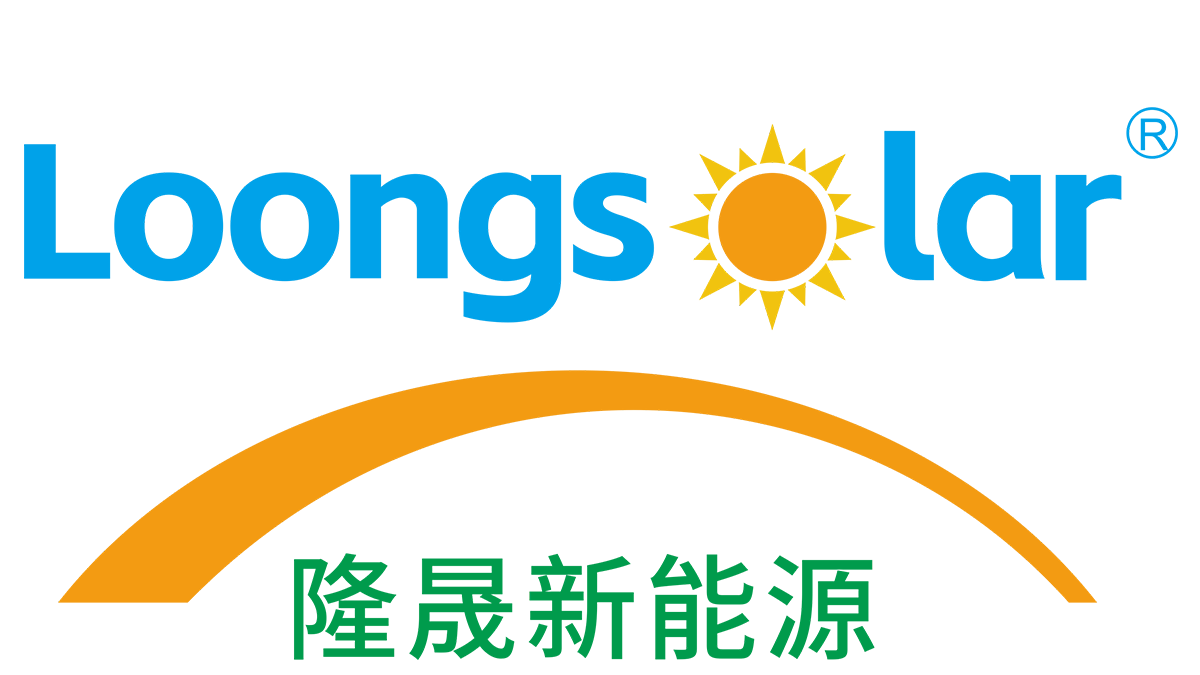Understanding Solar Mounting Bracket Design Fundamentals
Core Principles of Effective Solar Mounting Systems
Successful solar mounting is very important for safe and reliable power generation considering the fact it faces various natural weather. If solar panels are built-in properly, they won't be mounted by causing winds, rain or snow to shake them loose from their mounts. This is critical as the long-term energy generation can be affected by the instability. Those systems are typically designed to tilt and face the solar panels for added exposure to sunlight and energy production. Further, adjustability is an essential feature of contemporary mounting systems enabling further adjustments in panel tilt as solar technology and local conditions develop progresses. Such versatility helps to keep systems efficient and performing well throughout their functional lives.
Material Selection: Aluminum vs Steel for Durability
Anodizing treatments on aluminum can also weaken impact strength thus reducing the ability to accompany in its “post lifetime” after recycling. But why do most homes have aluminum when it comes to home solar? Lightweight and Corrosion Resistance Aluminum solar mounting systems are lightweight and corrosion-resistant, making it easy to work with and long-lasting. On the other hand, steel has a higher strength to weight ratio and is often preferable when a larger commercial or industrial size structure is needed and there are cost efficiencies and durability to consider. The selection between them requires detailed consideration of the local weather conditions, expected loading conditions, and site specific installation requirements for the purpose of achieving longevity of service and structural safety. This careful selection on material, guarantees the strength of the solar mounting system and the life time of the material.
Residential Solar Bracket Solutions
Custom Designs for Home Solar Panel Installation
For example, custom designs for home solar panel installation involves the provisioning of individual brackets adapted to a particular roof model and style and a particular solar panel model, so as to increase installation efficiency and effectiveness. These custom solutions fit the brackets to match the particular features of each home, directing the angle and tilt of the solar panels so they receive the most sunlight possible. Moreover, the investment of local installers in the design process can potentially lead to better solutions by having a grasp of the local building codes and culture, leading to a more integrated design of the panels into the existing architectural style.
Roof Integration Techniques for Different Roof Types
Roof mounting methods differ depending upon the type of roof, necessitating a basic knowledge of the distinctions between flat, metal, and pitched roofs to choose ideal mounting applications. Various methods, including flush mounts, rail systems and standoffs work to protect the roofing material while maximizing energy production. Flush mounts, for instance, provide a low profile look that disturbs the roof line the least, but are less flexible in terms of where panels can be placed on a roof than a rail system design. All of these approaches to the implementation of integrated solar technologies address the need to maintain the operation of the roof while cost- effectively integrating solar into multiple residential settings.
Ground Mounting Options for Residential Solar Systems
Ground solar can be a great option as well for customers with large backyard providing the best solar potential without disrupting the sight of their roof. Such technology provides more freedom of placement and movement of the panels as well as for the tilting of the panels, to most effectively acquire sunlight, which is especially useful for locations with prolonged seasonal brightness or low light. Important factors to consider when choosing ground-mounted solar include the zoning regulations surrounding your property, which is vital to follow to keep everything legal, and being able to adjust the tilt on the solar panels for optimium performance.
Industrial-Grade Mounting Applications
Heavy-Duty Bracket Designs for Commercial Solar Projects
In commercial solar systems heavy duty solar brackets are essential for withstand climate factors such as heavy snow and strong wind loads. These brackets are built for long lasting durability and safety, and they are used on some of the most massive job projects across the U.S. Such brackets are developed using sophisticated engineering and testing techniques to comply with industrial standards. These actions make the system runs efficiently for its lifetime, making the system a strong structure for solar power installations. You take the latest technologies and use cutting edge materials to deliver reliable systems built specifically for the difficult conditions of a commercial solar farm.
Wind and Snow Load Calculations for Industrial Installations
Proper calculation of wind and snow loads is crucial for the industrial-scale solar power plant construction, to avoid the risk of structure damage and unsafe operating conditions in extreme weather. Standards like ASCE 7 that consider geographical area and expected environmental influences provide valuable guidance for such calculations. These standards are the foundation of design for tolerating anticipated weather conditions for solar installations in multiple areas. And accurate measurements and following guidelines can help streamline the installation process so your solar panels stay safely and effectively secured for when the weather takes its worst turn.
Optimizing Your Solar Installation with Custom Brackets
Tilt Adjustment Strategies for Maximum Energy Production
Custom Brackets for Tilt for home solar installations can greatly enhance power output. With adjustable angles, these mounting systems can make solar panels get the most sunlight at any season. "Due to the sun rotation, with different seasons, the panels won't be able to gain the same efficiency with a fixed tilt angle system, but with adjusted tilting, the panels can remain in the optimum tilt angle, so that the panels can generate the highest power. For best results, the method of installation may be based on local solar radiation investigation. This information can be used to calculate the optimum tilt for any given installation, so that each solar panel system will be as closely matched as possible to their area for optimal energy generation.
Corrosion Resistance and Long-Term System Maintenance
It's important that your solar mounts are built with corrosion resistance in mind Go for materials that naturally resist corrosion or coat them with protective layers; this will ensure the longevity of the solar panel system structure. Also, regular maintenance is important to monitoring the integrity of these systems over time. This proactive stance helps us catch potential problems early, so we can make the repairs needed before they become bigger problems, all the while guaranteeing you that your home solar installation will remain working and safe for the long haul.






